Stewart Engineers builds high-quality float
glass
manufacturing facilities around the world. We use our considerable experience in
float glass to design and build float facilities that maximize profit. Technologies like
the
StewartFloat® tin bath and
AcuraCoat® CVD system combined with Stewart’s international
project management and procurement experience result in float facilities that are built
on schedule, on budget, and on quality. Beyond the initial project metrics, Stewart
Engineers delivers a total solution by providing highly automated and robust solutions
along with glass manufacturing process and business operations training.
Stewart Engineers specializes in helping new entrants to float glass manufacturing
understand what they need to succeed. Determining ideal tonnage, staffing, product
mix, glass recipes, and other critical design decisions can be tough for groups
entering the float glass market. A
feasibility study is the best tool for determining the
market strength and market positioning. Stewart has been in glass for many decades
and can assist customers in making the decisions that will determine their future
success. Whether or not a customer purchases a feasibility study, Stewart Engineers
advises our customers on the best paths to success.
Unlike other engineering companies, the facilities we build are designed first,
and foremost, to be profitable.
Plant capacity, location, product mix, product quality, rebuild period, and
equipment selection all affect profitability. We consider how every aspect
of the plant affects profitability before finalizing it. One example is
plant capacity. The higher the plant capacity, the lower the cost per ton of
the glass produced. On the surface, it seems like plants with very high
capacities would be best but other factors come into play like risk and
market size. A float facility has a limited ability to produce less than its
design capacity and as glass production is reduced the profit per ton drops
precipitously. Even when only considering operating expense (OPEX) this
means it is better is better operate a 600 tons per day (TPD) plant at 600
TPD rather than operate an 800 TPD plant at 600 TPD. The plant design must
be carefully tailored to the local market and have the appropriate
technology for the endeavor to be profitable. We have many decades of glass
industry experience to guide the decisions that will affect profitability.
Properly designed workflow can be a significant advantage to a
manufacturer. We develop our facilities to promote logical and efficient
workflows. An example of a good workflow design is the placement of the
quality lab. We place the quality lab directly beside the production
line; this enables the Quality Control (QC) operators to pull samples
and return to the lab to conduct their measurements speedily. Ultimately
the efficient workflow empowers the production supervisors and operators
to respond to process conditions more quickly—leading to higher quality
and yields.
We use our experience and process knowledge to prequalify our
sub-suppliers to guarantee the quality of our facilities.
Stewart Engineers guarantees and warranties our facilities. Most
engineering companies will only guarantee the equipment; leaving
the customer at risk of having functioning equipment but poor
product yields or quality. Stewart can ensure not only correctly
functioning equipment but also successful glass production
because we have extensive experience in glass.
We have decades of experience with most of our suppliers, so
we know how to deploy capital efficiently. Glass making
suppliers can present customers with a wide array of
options.
Batching configurations can range
from one to more than five times cost for exotic
arrangements. Stewart has the glass manufacturing process
expertise to select the best recipes for our clients.
Our team travels globally installing glass technologies.
We ensure our systems whether built internally or
purchased from sub-suppliers meet our rigorous quality
and maintenance standards. We use the most
straightforward technology that meets our production
goals, ensuring replacement parts and knowledgeable
technicians are available in any part of the world.
Innovation
Continuous Improvement
- We can transform a
greenfield into a float glass facility in 24 months.
- Our layouts are the
most effective in the industry.
- Our equipment uses the
latest technology.
We use automated process controls when it makes sense.
We automate jobs where operators make errors. For
example, as the molten glass floats atop the liquid
tin in the float bath, the speed the glass is pulled
from the bath is automatically maintained. By
automatically controlling many of the variables
involved in the forming process, product quality is
improved.
We automate jobs that would be dangerous for an
operator. Stacking glass by hand is a dangerous job,
years ago it was common to have 100 or more people
handling glass in our factories. As glass handling
technology has gotten better, faster, and cheaper,
we have reduced the number of people handling
glass—leading to a considerable reduction in
injuries.
We automate jobs where operators cannot keep pace.
The feeding of all raw materials to the
glass furnace is automated.
Over 700 TPD of raw materials must be weighed to
produce 600 gross TPD of glass, and it is common to
have over 1,000 weigh-ups (weighing of raw
materials) every day.
Let us be your trusted technical partner for float glass projects.
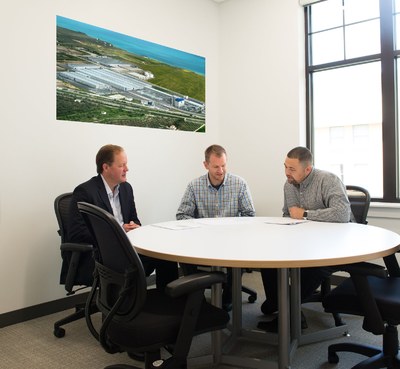 July 27, 2018
July 27, 2018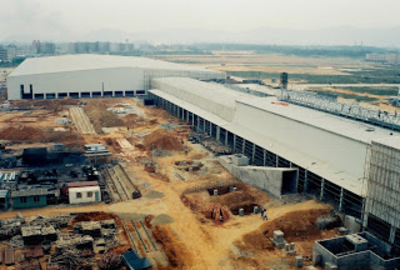 July 27, 2018
July 27, 2018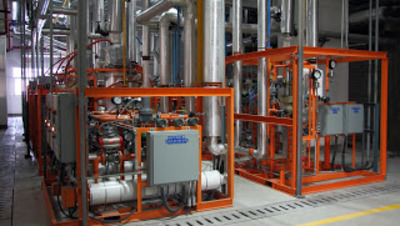 June 19, 2018
June 19, 2018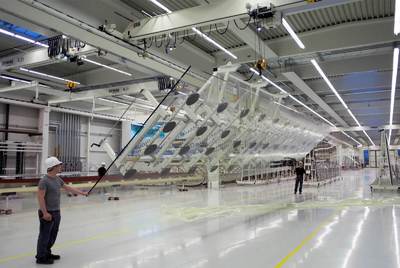 May 07, 2018
May 07, 2018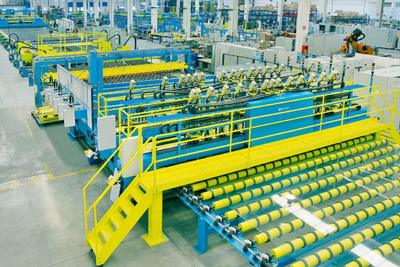 May 07, 2018
May 07, 2018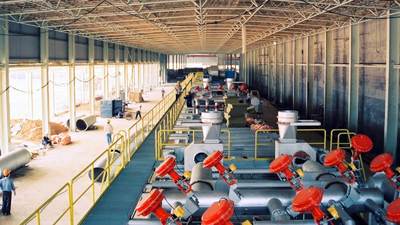 May 07, 2018
May 07, 2018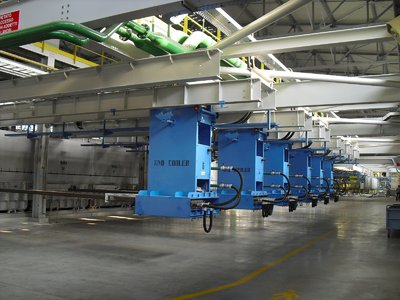 May 07, 2018
May 07, 2018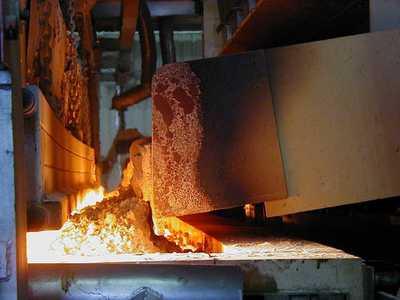 May 07, 2018
May 07, 2018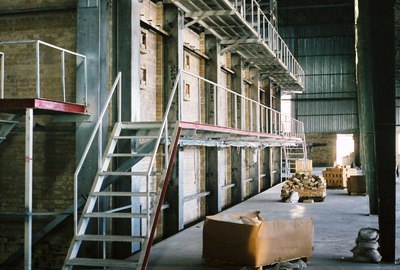 May 07, 2018
May 07, 2018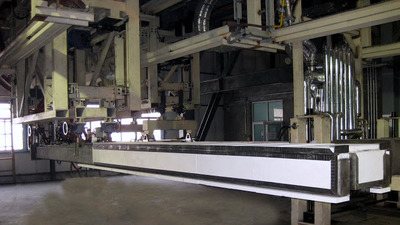 April 10, 2018
April 10, 2018